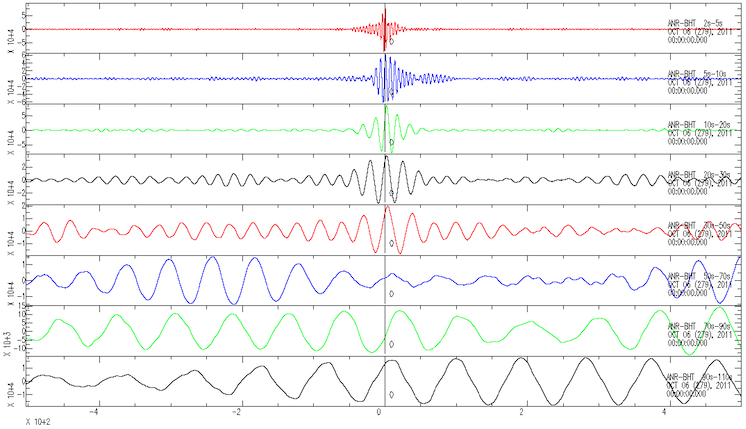2012 IRIS Workshop
Ambient Noise Tomography Studey of the Insight Structure of Menengai Caldera: Geothermal Prospect in the Central Keyna Domes
Ezer Patlan:, Antony Walmawa:, Lennox E Thompson:, Ashley Grijalva:, Galen Kaip:, Aaron A Velasco:

Full-resolution graphics file in original format: 0015.tiff
The Menengai Caldera is one of the major Quaternary volcanoes found along the Kenya rift system within the Kenyan domes in a region marked with high elevation, crustal thickening, magma under-plating, and an asthenosphere mantle plume. The composition of volcanic rocks found around Menengai are mainly trachytes, trachyphonolites and phonolites, and the hot springs, fumaroles and hydrothermally altered surfaces in the caldera region suggest the existence of a geothermal resource at depth. In addition, geophysical analyses over this region have indicated the presence of dense high velocity material beneath the Menengai caldera. Recent exploration drilling by the Geothermal Development Company (GDC) within the caldera has proven the existence of the geothermal resource. We study the shallow and deeper internal structure of Menengai Caldera by analyzing seismic data collected from March to December 2011. To further target high producing wells in this field to be used for electricity generation, the GDC and the University of Texas at El Paso (UTEP) deployed fourteen seismic stations to monitor the seismicity around the volcano to help identify active faults and geodynamics of the hydrothermal fluids that favorable drilling targets. We employed the double difference relocation approach to identify the micro-faults. We also apply an ambient noise tomography approach to further image the structure of the caldera. We cut the raw data for every five hours, remove the instrumentation response, apply time domain normalization, apply spectral whitening, compute the cross-correlation, and stack correlations. We then measure phase velocities. We aim to identify the fault orientation within the network by approximating the inversion focal mechanism. The preliminary focal mechanisms can provide evidence for the faulting type, perhaps implying inflation and deflation of the Menengai Caldera. All preliminary results can assist geothermal exploration by identifying the fluid mechan
Acknoweldgements: This research project is based on work supported by National Science Foundation under Grant No. 073482 . Funded and supported by the Geothermal Development Company (GDC).
Keywords: ambient_noise_tomography, local_earthquakes, natural_hazard, geothermal_exploration
